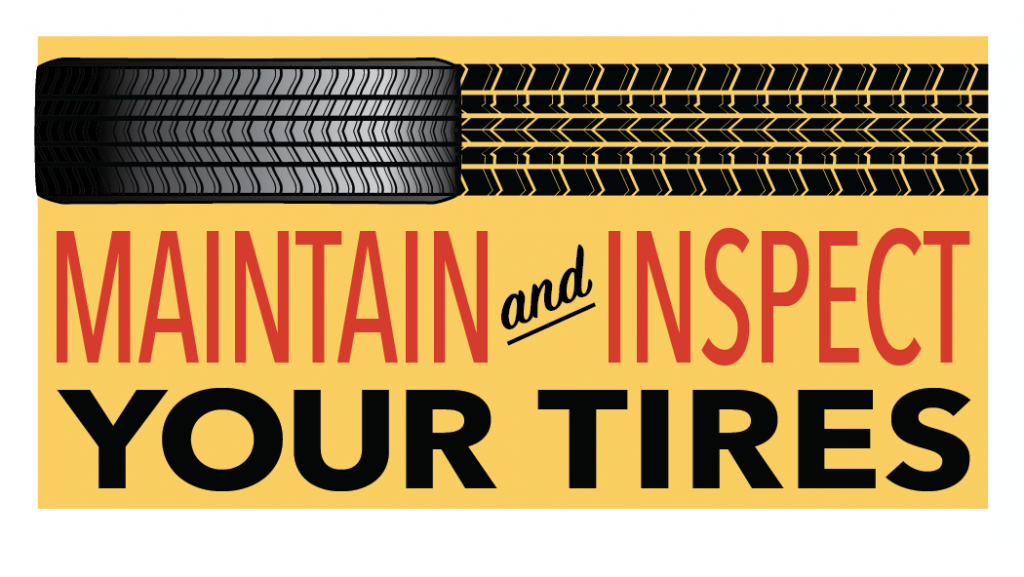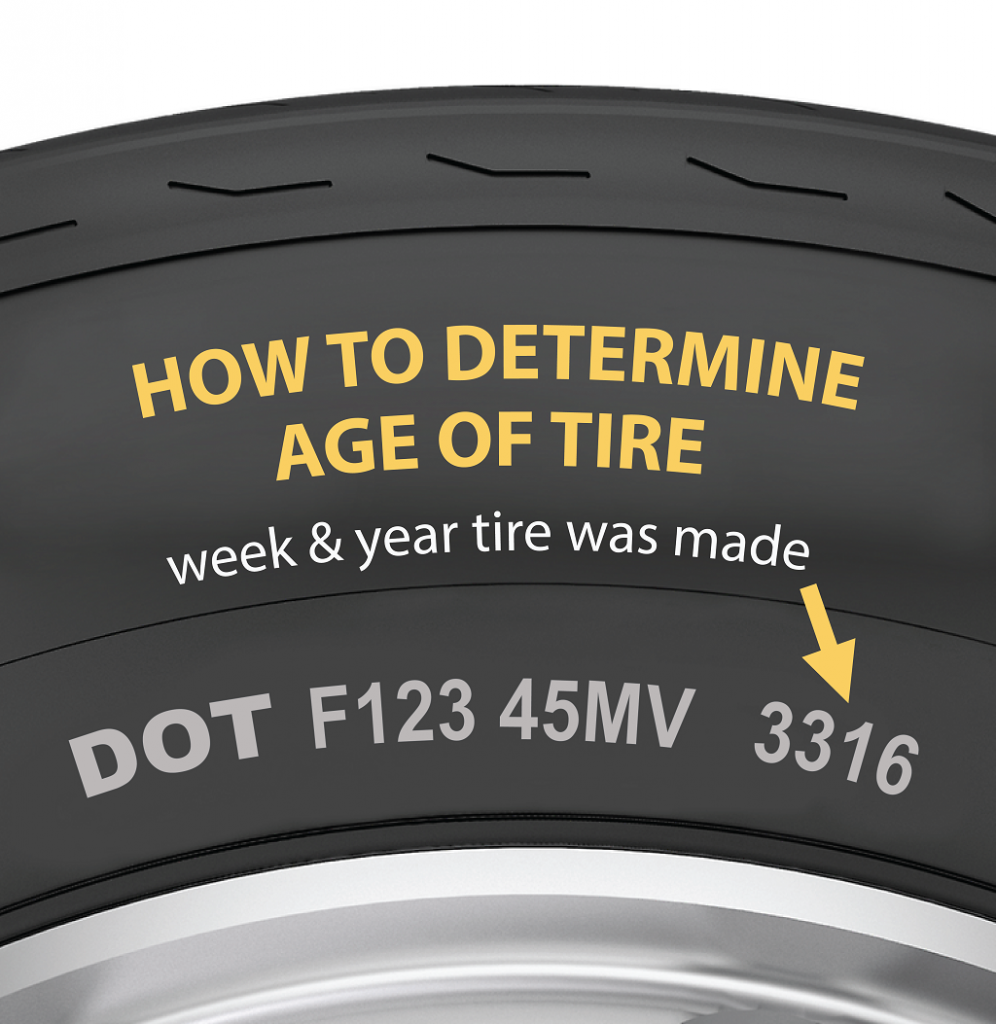Vehicle Safety
Tire Safety

Tires are your vehicle’s first line of defense on the road. With proper care and maintenance, they will keep you safely motoring along Florida’s highways and help you and your loved ones “ARRIVE ALIVE”.
- Tire Size and Type
- Ensure that your vehicle is equipped with the proper tire size and type. Reference your owner’s manual for the manufacturer’s specifications.
- Tire Pressure
- The air pressure of a vehicle’s tire should always be checked when the tires are cold. Driving even a short distance causes tires to become warm, which increases the air pressure and can give you an inaccurate air pressure reading. Under inflated tires can overheat and endanger lives. A tire can lose up to half of its air pressure and not appear to be flat. Refer to your vehicle’s owner manual for the recommended tire pressure. The tire sidewall displays the MAXIMUM allowable pressure for that specific tire, NOT the proper inflation. Check tires monthly with a tire gauge to ensure proper air pressure and safety.
- Tread
- Tread grooves are designed to push water out from under the tread allowing the tire to make maximum contact with the road. If tires are worn, they are more likely to hydroplane. There are specified legal tread depths for tires. Tires have built-in treadwear indicators, which are raised sections that run in between the tire’s tread. When the tread is worn down so that it’s level with the tread indicator, it’s time to replace your tires. Another good rule of thumb is to do the penny test. Insert a penny into a tread groove with the top of Lincoln’s head facing down. If you can see above the top of his head, your tires have less than 2/32” of tread should be replaced immediately.
- Tire Rotation and Alignment
- Tires should be rotated every 5,000 miles or as required by the manufacturer. This ensures that your tires will wear evenly, prolonging the life of the tire and ensuring motorist safety. Follow the tire rotation pattern provided in the vehicle’s owner manual.
An unusual vibration or thumping noise may indicate and out-of-balance tire. Have your tire alignment checked promptly if you experience these symptoms or issues with maneuverability.
- Tires should be rotated every 5,000 miles or as required by the manufacturer. This ensures that your tires will wear evenly, prolonging the life of the tire and ensuring motorist safety. Follow the tire rotation pattern provided in the vehicle’s owner manual.
- Damage
- Check your tires weekly for damage such as bulges, cuts and cracks. Along with the tread, inspect the sidewalls of the tires. Damage is often unnoticed and results in dangerous situations for motorists.
- Vehicle Load
- Overloading your vehicle creates excessive heat inside your tires, which can result in tire failure. Remember that vehicle occupants count toward the total recommended weight. Reference the vehicle owner’s manual for the manufacturer’s loading specifications.
- Spare Tire
- Check your spare tire monthly and ensure it is in good condition. Even tires that are not driven will lose air pressure. Make sure your spare is properly inflated and ready for use.
- Age
- Regardless of how well tires have been maintained or how little they’ve been driven, the age of the tire is crucial to safety. Never operate a vehicle with tires that are more than six years old.

- Regardless of how well tires have been maintained or how little they’ve been driven, the age of the tire is crucial to safety. Never operate a vehicle with tires that are more than six years old.

Dave Kerner, Executive Director